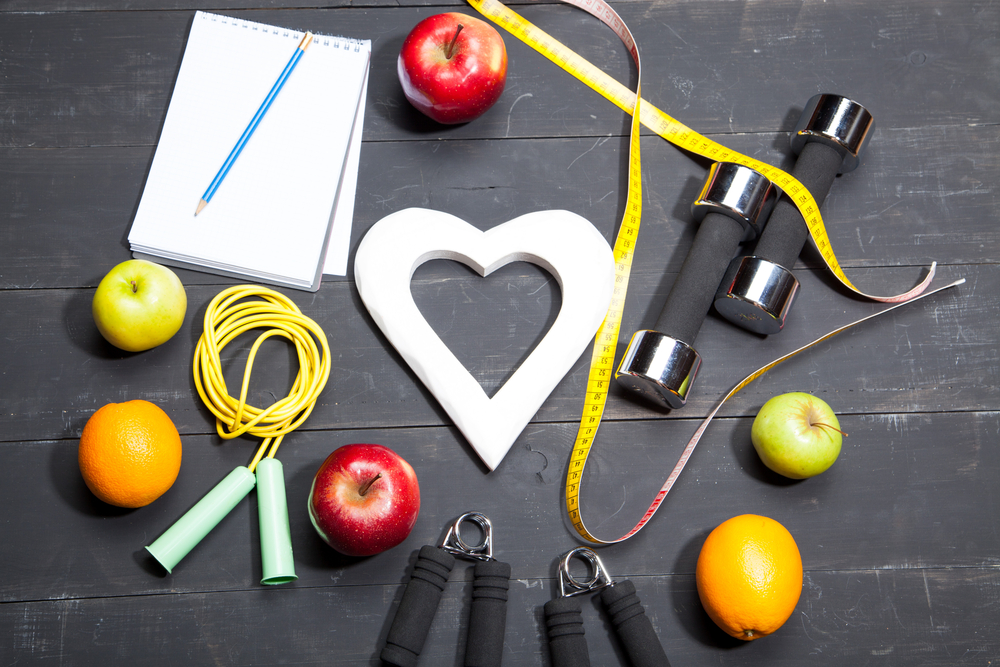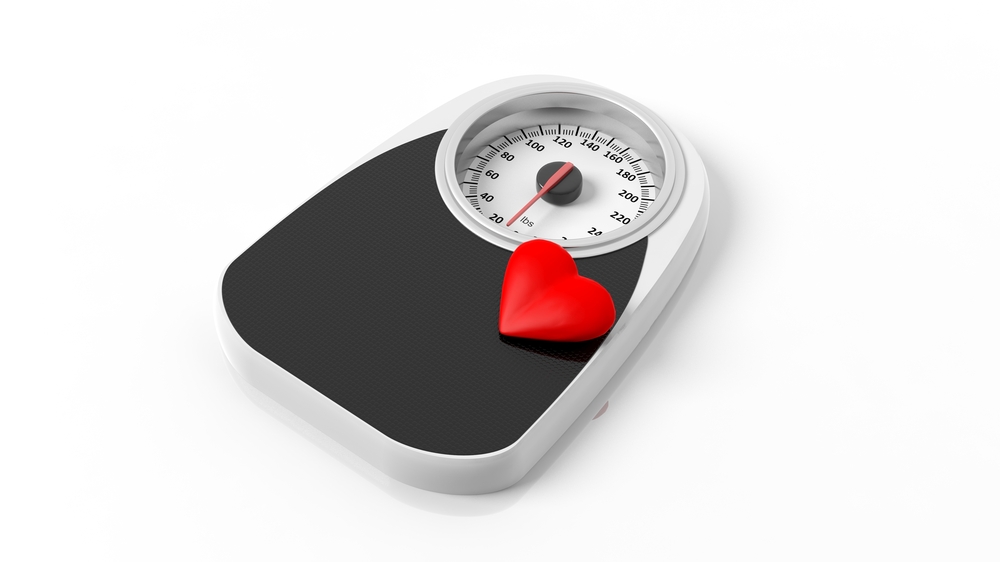How many of us have become determined to lose weight, and to get discouraged by the amount of time it takes? No doubt there are too many of us. Well, we all know weight loss does take time. But with the right changes in your habits, you can adopt a healthy way of living and weight loss would no more be that goal you had always dreaded. To lose weight, you need to burn more calories than you consume. But it is not always clear how to do that. For most of the people, a successful weight-loss plan has two parts: physical activity and healthy food choices. Understanding the balance between these two can help you lose weight more easily and keep it off!
Start your weight loss journey by using these 5 steps:
- Set realistic goals-
Before starting a weight-loss program, examine where you are today, so you know what you need to improve. Learn your BMI (Body Mass Index) to help determine how much weight you would like to lose to reduce the risk of health problems. Set some short-term goals because it can seem more achievable, and can, little by little, keep you on track toward your long-term goals. If the goal is too difficult, it will be harder to achieve and can lead to disappointment and self-judgement that can derail the smaller successes you’ve achieved.

Also Read: Key differences between good fats and bad fats
- Understand how much and why you eat
Strictly follow a weight loss diet along with some weight loss supplements. Use a tracking app or food diary to understand what, how much and when you are eating. If you visit fast food restaurants, several times a week or tend to snack late at night, then this is the right time to make healthier choices. Being mindful of your eating habits and aware of common excuses and roadblocks in your efforts to lose weight can help you set and reach the realistic goals.
- Manage portion sizes-
It is easy to overeat when you are serving too much food. Smaller portions of food can help prevent eating too much. Learn the difference between a serving and a portion and how to keep portions reasonable.
- Choose best substitutions to reduce saturated fat, sodium, and added sugar-
The foods high in saturated, trans fat and sugar are often high in calories. But that doesn’t mean you have to give up on your favorite flavors. Learn to make smart substitutions instead and also learn how to reduce the added sugars in your diet. Discover healthy snacks between meals and fruits, vegetables and whole grain foods to help keep your stomach full for longer.
- Balance what you eat with physical activity-
Most of us can agree it is easier to take calories than to burn them. The amount of physical activity an individual needs to lose weight can vary, but in the weight-loss equation, physical activity and healthy eating complement each other. Both are essential parts of losing weight and staying at a healthy weight. Physical activity helps to get your heart rate up.
Also Read: Maintain your waistline for good health and fitness
Tips to help you on your weight-loss journey:
- Learn how sleep affects eating and see if there are changes you can make in your sleep schedule.
- If you feel you need more support, look for a weight-loss program that has been proven, safe, and successful.
- Get a personal help and support from a weight-loss group or a friend.
- Aim for a gradual weight loss routine with healthy lifestyle changes until you reach a healthy weight.
- If you have any heart problems or you are experiencing symptoms of other chronic health issues, consult with your healthcare provider before starting a weight-loss or exercise program.
- Include maintenance in your desiredgoals to help you keep the weight off.
- Remember, these steps lead to lifelong healthy eating. They are not a quick-fix weight loss diet.



